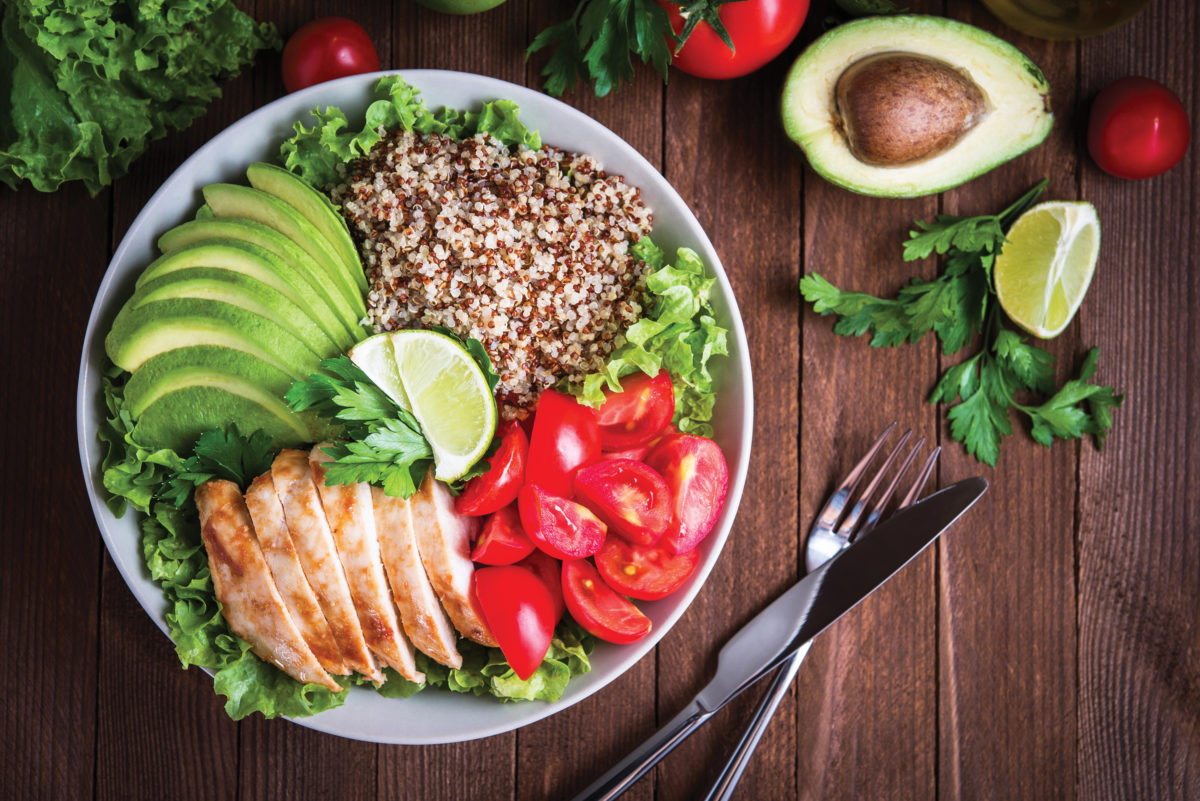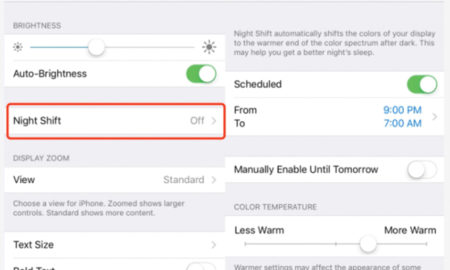

Ironclad laws you need to learn if you want to add serious muscle
By Jay Ashman
PQ: “Progressive overload is the number-one rule for gaining strength and size. As you increase workload, you will increase muscle.”
Since man began lifting weights, we have sought to gain muscular size and strength. That pursuit is a huge reason why you read this magazine and step foot into the gym. In the 1940s there was a popular comic-book advertisement from Charles Atlas that promised skinny kids the secrets to gaining size and confidence, and all you had to do was send back the little cutout piece of paper with your address for his free book. I never read that book. I was born in 1974, so I can’t vouch for its contents, but I have studied the iron game, and lifted long enough, to understand that the universal truths I’m about to write down for you will apply now and through the next several hundred years.
FOOD
The first set of rules pertains to food and how to eat to gain size. The commonly asked question is usually about protein intake. Ideally you want to eat approximately one gram of protein per pound of lean body mass (LBM). I don’t mean your bodyweight, I mean fat-free mass. If you’re 250 pounds with 25 percent body fat, then you’ll eat about 188 grams of protein per day. Protein can be increased up to 1.5 grams per pound if you wish, but that just takes away from other macronutrients that have a critical role in building muscle. Start with one gram per pound of LBM and adjust from there.
To find your carbohydrate intake, you just double your lean mass. If you have 188 pounds of lean mass, this means you’ll be eating 376 grams of carbohydrates a day. Finalize your macro count by cutting your LBM in half to come up with the amount of fat you will eat—at 188 pounds this is 94 grams of fat per day. This ends up being a total calorie load of 3,102 calories per day. This is a start, and you adjust from here. Adjustments should happen slowly, not in large jumps; if you increase your calories too quickly, you run the risk of gaining excess fat, which is counterproductive to an aesthetically pleasing physique.

That very basic determination of your daily caloric load for gaining size is just a start. Next, you want to fill it up with quality food. Your shopping list should contain the following types of food:
- Lean meats, such as 90-percent (and higher) fat-free ground beef, chicken breasts, turkey, fish, eggs, egg whites, Greek yogurt
- Fruits, vegetables, leafy greens, pasta, whole-wheat bread items, rice, oatmeal
- Cooking oil, nut butters, nuts, avocados
- Spices, marinades, sauces
- Fermented foods
Ideally you want to eat 90 percent of your daily calories in whole foods. The remaining 10 percent of those calories can be “junk” items. I am not a proponent of using a dirty bulk for health reasons, because nothing beats the nutritional punch of fruits, vegetables, and fermented foods. Not only are they good for you, they also help foster a healthy microbiome (gut health), which is critical for digestion and overall health.
You can expect to gain a little fat while in a calorie surplus and that’s perfectly normal. When I said earlier about excess fat gain, it means just that: excess. You’re not going to gain size and expect to put all muscle on your frame. If our bodies worked that way, diet coaches would be out of business. Be aware of your appearance in such a way that if you start to gain fat too quickly, you can back off the calories a little and slow it down. Be comfortable with some fat gain, but don’t allow yourself to gain too much. You’ll undo all your hard work if you have to make a drastic cut.
FOOD RULES
- Determine your lean body mass by converting your body-fat percentage to pounds and then subtracting that number for your total bodyweight
- Consume one gram of protein per pound of lean body mass
- Consume two grams of carbs per pound of lean body mass
- Consume .5 gram of fat per pound of lean body mass
- Ninety percent of what you eat should be whole foods
TRAINING
If you’re looking to gain size and strength, you must adhere to the idea that simple is more effective than complex. Start your program around a heavy compound lifting base of squats, bench presses, overhead presses, and straight-leg deadlifts (SLDL). Why SLDLs over deadlifts? Simple, deadlifts are an exercise for strength and are a poor muscle builder. SLDLs are more effective for slapping mass on your posterior chain and also help you build a deadlift. I’m not saying don’t perform a traditional deadlift; I’m saying it isn’t the first choice for adding muscular size.
Once you have found a solid program, analyze it. How many exercises per day does it have? This may seem like a stupid question, but if you’re training with maximum effort per day for the sake of gaining size and strength, you don’t necessarily need a program with eight to 10 exercises every day. Keep your daily lifting between five and six exercises per day with three to five sets per exercise. This will allow for the ability to hit each exercise hard and recover better. For example, a lower-body day could contain this series of exercises:
- Squats: 4×8
- SLDLs: 4×8
- Leg Presses: 4×15
- Lunges: 4×12
- Seated Leg Curls: 4×10
- Standing Calf Raises: 4×12
This is a basic, hard, and targeted lower-body workout that will give you the desired result. You can change exercises as you wish, but unless you’re specifically training for a bodybuilding show or a powerlifting meet, focus your training around the philosophy of keeping it simple and let the volume do the work.
As you progress along in your workout from week to week, add weight, add reps, and add sets to compensate for your increased workload and to promote adaptation and growth. In week one you may have performed 4×8 in squats with 185 pounds on the bar, and by week four you could be working up to 4×11 with 195 pounds. Progressive overload is the number-one rule for gaining strength and size. As you increase workload, you will increase muscle.
These training rules are moot without the number-one rule of training, which comes last because I want you to remember this rule as if it were your religion. Form over everything. You need to feel the muscle work, you need to take each exercise throughout the entire range of motion, you need to eccentrically lower the weight under control, and you need to control the concentric so the weight isn’t being moved with momentum. Control is imperative. If you want to throw weights around, take up Olympic lifting. It’s a fun sport and a challenging one. If you want to gain size and strength, controlling the weight under load is critical.
TRAINING RULES
- Build your base with compound lifts
- Simplicity over complexity
- Progressive resistance is the key for size and strength
- Form is your religion—learn it, love it, live by it
RECOVERY
Resting is as critical as training. If you’re training hard, you can theoretically train four to five days a week and rest two to three. My clients train four days, I train four days, and the only ones who are at five or above are the ones who are preparing for a bodybuilding show or a sports season. You can make incredible progress with a four-day-per-week training program, which means on those other three days you should be relaxing. Spend time with your friends and family, watch some TV, read a book, take up writing, just don’t drag your ass into a gym and think you’re that special person who doesn’t need to rest. You do. We all do.

With rest comes sleep. Everyone is different with how much sleep they need per night. Studies show that it ranges from six to 10 hours across the population. Let’s bet that you need more than six. You’re training hard and your recovery depends on sleep. If you aren’t getting at least seven hours per night, re-evaluate your daily schedule and make some time. If you truly cannot make time for seven hours of sleep per night because of your schedule, then don’t expect to recover as well as someone who can. Sleep matters. That is a cold hard fact of training.
The last rule I’ll go into is the most maddening rule of all and it has to do with supplements. The market is flooded with them, and while a lot of them work wonders, they are just what their name says they are—supplements. If you’re hell-bent on taking supplements when your food intake isn’t adequate, you aren’t training hard, and you aren’t getting enough rest to facilitate recovery, you will waste your money. Supplements are designed to help you reach your goals when the basics are on point. They are not made for people who eat like a Bikini pro in prep while trying to gain 20 pounds of lean mass in a year. Take care of everything else first before you start to research what supplements will help you the most.
RECOVERY RULES
- Rest days are important
- Sleep means recovery
- Follow all of the preceding rules before you focus on supplements
You will find that you have a solid list to work with as you establish your footprint in the gym. Your footprint can be one of, “That guy is starting to look jacked, I wonder what he’s doing differently than me,” or it can be, “I’ve seen that guy in here for months and he looks the same, don’t do what he does.” IM


















You must be logged in to post a comment Login